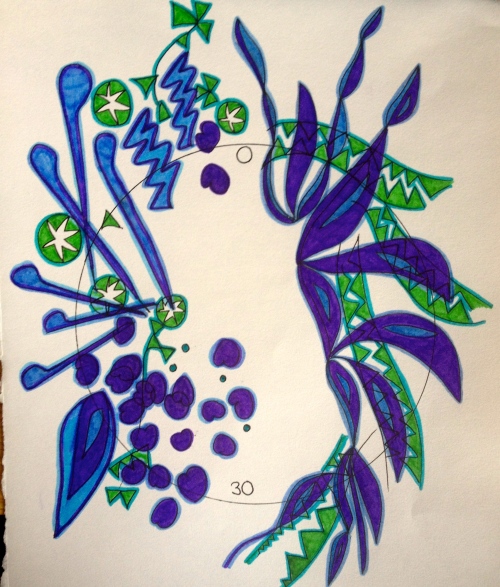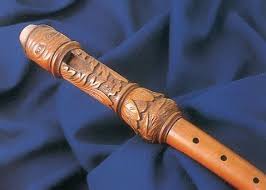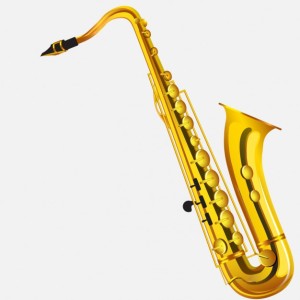A question that has perplexed me for many years, and an area I am working on is – how do you teach improvisation?
And further more – how do you teach improvisation in music therapy?
Scanning the literature … There are many approaches, often courses follow idiosyncratic teaching styles of individual tutors, for example Kratus (1991) created a course on free improvisation with levels of learning – exploration, process, product, fluid, structural and styles and Ford (1995) who thought about learning outcomes as improved collective decision making, enhanced communication or sustained concentration. In the world of music therapy teaching has focused the building of both technical and relational skills (Nordoff and Robbins, 2007, Wigram 2004), or breaking down into the elements (melody, harmony, timbre), (Alvin, 1966; Bunt and Stige, 2014).
Through my PhD research and a collaborative book I am currently working on, I have begun to think about the usefulness of teaching improvisation through themes.
Themes that arise out of improvisation itself, such as:
Risk
Role
Choice
Identity
It seems to me, taking our starting place as the components of improvisation, it is then possible include all the relevant material you might need to teach, like the role of the elements of music, use of intervals, instruments, music as social and relational or contextual role play of music therapy scenarios.
The next question is what areas of learning and teaching does the music in music therapy cover? I am thinking about it in terms of domains of learning … relational, technical and expressive, cultural and heritage etc.
I am in the middle of writing up my PhD, and hope to expand on some of these ideas in the near future
… so … watch … this … space!
Becky White copyright 9th March 2019.

References
Alvin, J. (1966) Music Therapy. London: Hutchinson & Co Ltd.
Bunt, L. and Stige, B. (2014) Music Therapy: An art beyond words. (2nd ed). London: Routledge.
Ford, C.C. (1995) Free collective improvisation in higher education. British Journal of Music Education, 12 (2), pp. 103-112.
Nordoff, P., and Robbins, C. (2007) Creative music therapy: A Guide to Fostering Clinical Musicianship. (2nd Ed). Gilsum, NH: Barcelona Publishers.
Kratus, J. (1991) Growing with Improvisation. Music Educators Journal. 78 (4), pp. 35-40.
Wigram, T. (2004) Improvisation: Methods and Techniques for Music Therapy Clinicians, Educators and Students. London: Jessica Kingsley Publishers.











